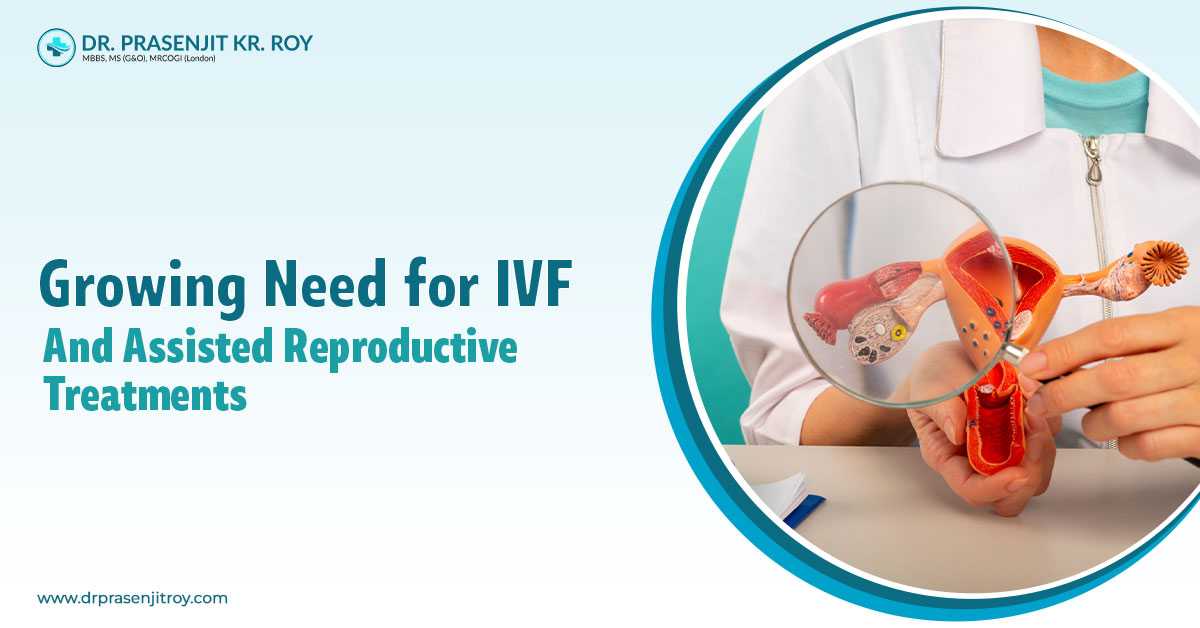Cervical Dysplasia: Types
Initially, cervical dysplasia is classified as mild, moderate, and severe, based on how much the cells have to be cancerous. However, in recent times the classification is based on how much epithelial tissue is affected by unnatural cell growth. The new classification is as followed:
- CIN 1
- CIN 2
- CIN 3
Cervical Dysplasia: Causes
When a woman is infected with the HPV virus, she has a high risk of having cervical dysplasia. HPV virus is spread through sexual contact. Mostly your immune system is fighting against the virus and you will be free from any complications. However, HPV-16 and HPV-18 viruses have much harmful that certainly cause cervical dysplasia.
A recent study says that more than 75% of cisgender females have been affected by cervical dysplasia in their lives once. The infection grows in your body at the age of 15 to 25 years. Often it is cured by having no compulsions. In rare cases, the virus is responsible for cervical dysplasia.
Cervical Dysplasia: Symptoms
Cervical dysplasia does not have mere symptoms. Your gyne doctor identifies it by a routine pap smear test and locates the unnatural growth of cells. Although some women have contorted vaginal spots or after the sexual contract is noticed.
Cervical Dysplasia: Diagnosis
Pap smear:
Pap smear test results initially declare that you are affecting cervical dysplasia.
Colposcopy:
Whether in Pap smear test unnatural cells, or growth expresses, your doctor will suggest colposcopy and test scrutinize your cervix. During colposcopy, your doctor will examine the unnatural cells' growth in your vaginal walls by using a lighted instrument, named a colposcope.
Biopsy:
By removing tissues from that part of your body the doctor will do a biopsy in a laboratory.
DNA Test:
Your gyne doctor advises you for a DNA test to ensure whether any HPV infection risk is either appear.
Cervical Dysplasia: Treatment
Treatment of this disease depends on the seriousness of this issue, age, recent health condition, and your choice. The treatment process affects your fertility.
If you are already pregnant or have a plan for pregnancy in the future, talk to your doctor first about the treatment procedure. The steps of treatment include observing unnatural cells.
If your issue is getting severe the doctor may do the following steps:
- Loop Electrosurgical Excision Procedure
- Cold Knife Cone Biopsy
- Hysterectomy
In 90% of cervical dysplasia patients will be completely cured. In rare cases, it is transformed into cancer. In that case, the disease spread slowly, and gyne doctors in Siliguri have regular time to start treatment. The sole way to stop cervical dysplasia is to avoid the infection of HPV.








